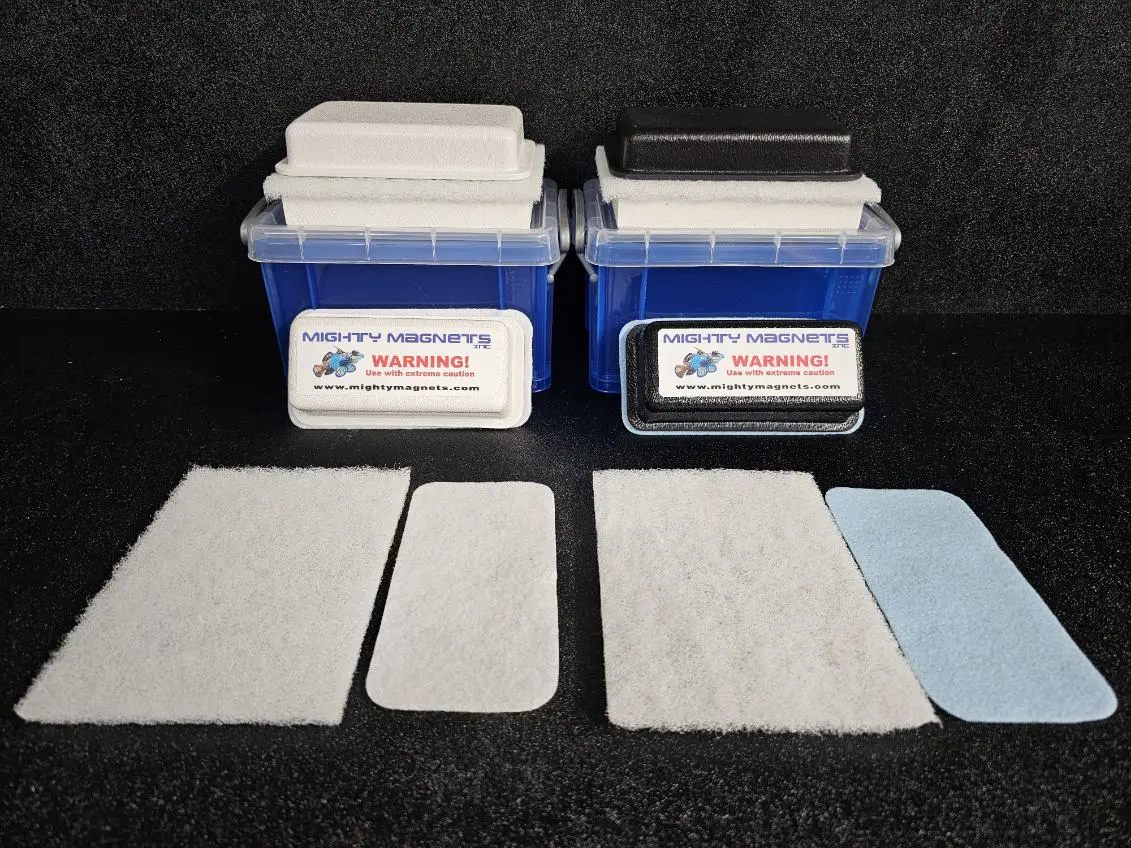Alexander1312
Supporting Member
Also, will start using this one now. Had to wait for 10 days or more but it finally arrived. I can dose up to 3 ml but will limit it to 2 ml today.
Starting point: 22 ppm of nitrate. Let’s see what it does.

 www.captiv8aquaculture.com
www.captiv8aquaculture.com
Starting point: 22 ppm of nitrate. Let’s see what it does.

Elimin8 DIN 500 mL | Captiv8Aquaculture
Ammonia, Nitrite, Nitrate Control for Recirculating Seawater Systems; Improves Water Clarity and Light Transmission. Homogenous liquid suspension of heterotrophic microorganisms, particularly effective at reducing dissolved inorganic nitrogen compounds. Reduces ammonia by up to 50% within 24...
 www.captiv8aquaculture.com
www.captiv8aquaculture.com


